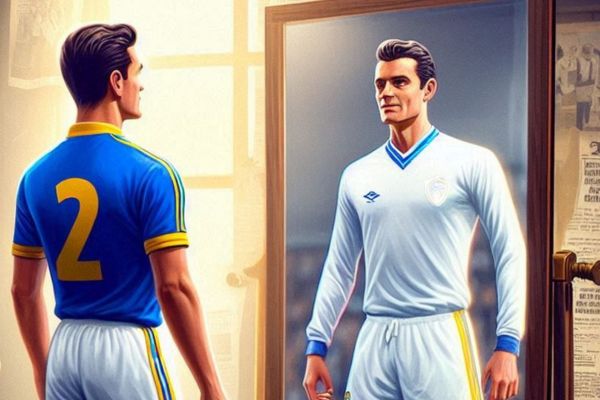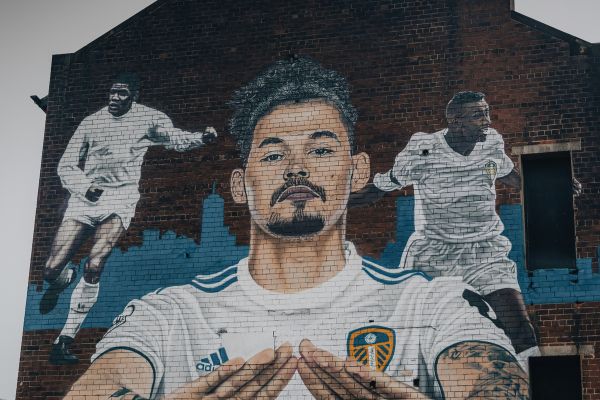Don Revie looks down at the newspaper spread across the desk in front of him.
It’s open on the sports section — the football pages, to be exact. Tables, stats, names, numbers. His eyes scan one column in particular: Final Division Two Standings, 1960/61. His finger traces the list, stopping at 14th place. He taps gently next to the name: Leeds United.
He leans back in his chair and lets his thoughts wander.
He’d only been in charge since March 1961, finishing the season as player-manager. But now, with the new campaign looming, this was his team — fully his. And it was time to plan.
Building the English Real Madrid
Sitting in the manager’s office at Elland Road, Revie pondered a simple but towering question:
How do you take a mid-table Second Division side and turn them into a footballing powerhouse?
For inspiration, he looked to Europe’s finest — and none loomed larger than Real Madrid.
Winners of five European Cups. Six finals in seven years. Legends like Di Stéfano and Puskás. That’s what he wanted for Leeds United: a winning mentality, a club culture to match the very best.
And in the days and weeks that followed, Don Revie began drawing the blueprint — to turn Leeds United into the English Real Madrid.
The Leeds United Kit That Changed Everything

Revie was obsessed with details — tactical preparation, psychological edges, and even symbolism. One of his first bold moves was to ditch Leeds' traditional blue and yellow kit. His reasoning? Real Madrid’s iconic all-white strip was synonymous with dominance, excellence, and class.
Why not try to replicate greatness?
Leeds United's kit was changed from royal blue with yellow trim to an all-white shirt, shorts, and socks — just like Madrid. The badge was soon modernized too. Suddenly, a club with little recent success looked the part of a European heavyweight.
A New Era Begins in All White
In their first full season wearing the all-white Leeds United kit, the team narrowly missed out on promotion — a huge step up from their 14th-place finish the year before. The transformation had begun.
And the years that followed? Historic.
Revie led Leeds through their golden era, with legends like Billy Bremner and Jack Charlton embodying the gritty, win-at-all-costs identity. Leeds weren’t quite as glamorous as Real Madrid — but they were every bit as feared.
What Leeds United Won Under Don Revie
During Revie’s reign (1961–1974), Leeds United:
-
Won 2 First Division titles (1968–69, 1973–74)
-
Lifted the FA Cup (1972)
-
Claimed the League Cup (1968)
-
Took home 2 Inter-Cities Fairs Cups (1968, 1971)
-
Were runners-up in countless other domestic and European competitions
That’s some serious silverware — and it all began with a shift in identity, symbolised by the kit.
Beyond Revie: Leeds United’s Kit and Identity Today

After Revie left, Leeds saw periods of both success and struggle. Under Howard Wilkinson, they won the league again in 1992. The late ‘90s brought an exciting European run — but no trophies. The 2000s? A rollercoaster of promotions, relegations, and near misses.
In April 2025, Leeds United secured yet another promotion to the Premier League.
The question is — can they build something lasting this time?
Why the Leeds United Kit Still Matters
For many fans (myself included), the Leeds United kit means one thing: all white.
A bold, clean identity. You might not even know they once wore blue and yellow.
But now, more than 60 years after Revie’s vision, Leeds still walk out in white — just like Real Madrid.
Want More Quirky Kit History?
Check out these other kit and identity deep dives:
Why Crystal Palace Are Called The Eagles
Or another Leeds United Story:
